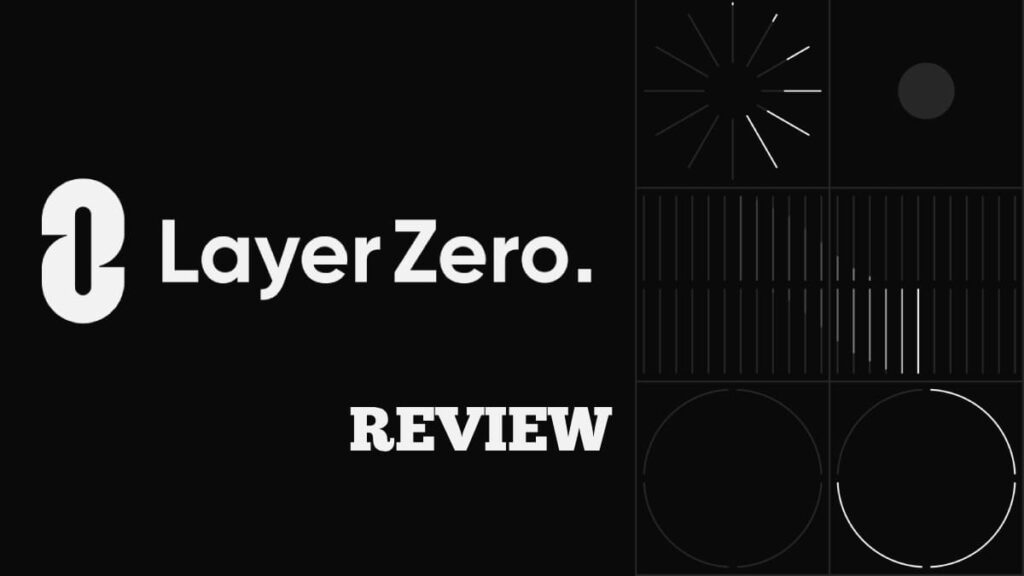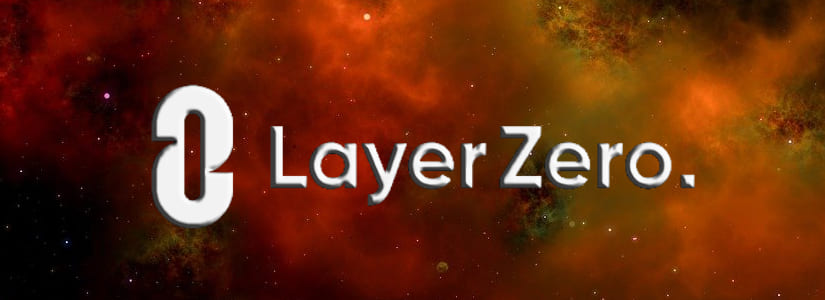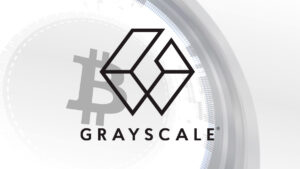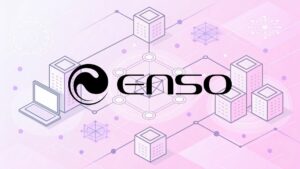LayerZero has a clear and potentially revolutionary goal for the entire blockchain ecosystem: to achieve full interoperability of all networks. This goal has the potential to turn LayerZero into the key factor that blockchain technology needs for mass adoption.
Therefore, in this article we will see all the details you need to know about LayerZero and what is the Omnichain, its main objective.
What Is LayerZero
LayerZero is an innovative protocol designed to address one of the biggest challenges in the blockchain world: interoperability. Imagine a world where different networks can communicate and exchange data with each other seamlessly, as if they were applications on the same network. That’s LayerZero’s vision.
Traditionally, blockchains have had difficulty communicating with each other, creating isolated networks that limit the potential of this technology. While some projects have built bridges between blockchains, these solutions are often limited in scope and functionality.
LayerZero takes a different approach. It acts as a bridge between different networks, allowing them to communicate and exchange data far more efficiently. Its modular and scalable architecture allows developers to easily integrate LayerZero into their projects, unlocking a new level of interoperability for the entire blockchain ecosystem.
With LayerZero, the goal is to create an “omnichain” solution, where any blockchain can communicate with any other chain in the ecosystem. This standardized approach to cross-chain application development has the potential to revolutionize the entire crypto environment, making it more interconnected and accessible than ever before.
What is Omnichain?
Omnichain technology in the cryptocurrency world seeks to unify different blockchain networks into a cohesive and interoperable ecosystem. Currently, many networks operate in isolation, making collaboration between projects, decentralized applications (dApps) and protocols difficult, especially in the field of decentralized finance (DeFi). Omnichain technology is primarily aimed at breaking down these barriers, fostering collaboration and communication between different chains.
The ultimate goal of omnichain infrastructures is to create a seamless experience for users and developers to take advantage of different projects. This includes the ability to transfer assets, execute smart contracts and access dApps without the limitations imposed by interoperability issues. In essence, omnichain technology strives to connect various blockchain protocols, enabling a more interconnected and efficient decentralized ecosystem.
Omnichain development is precisely the central goal that LayerZero is pursuing and has developed a series of functionalities that provide users and developers with perfect environments to benefit from this new technology.
How Does Layerzero Work?

LayerZero works as an intermediate layer between different blockchains, facilitating communication and data transfer between them. It uses smart contracts, APIs and other tools to achieve interoperability between blockchains, allowing them to share information and assets securely and efficiently.
A key feature of LayerZero is its use of lightweight on-chain nodes in a cost-effective way. In addition, it uses decentralized oracles to transmit block headers on demand, avoiding the need to maintain all headers sequentially.
When a message is sent from one chain to another, the node on the source chain notifies a specific oracle and relayer about the message and the destination chain. The oracle then sends the relevant block header to the node at the destination and the relayer sends a transaction test. Once this test is validated, the message can be sent to its designated address.
LayerZero provides tools and resources for developers, such as software development kits (SDKs) and libraries, that make it easy to integrate the protocol into their projects, allowing developers to build interoperable applications more easily.
Layerzero Features
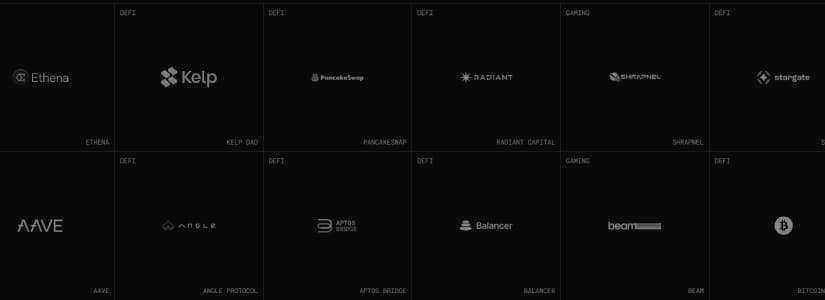
LayerZero Endpoints
LayerZero Endpoints are key elements of the protocol that enable the exchange of messages between blockchains. Composed of Communicator, Validator, Network and Libraries modules, these smart contracts facilitate interoperability between blockchains by adapting to different architectures and virtual machine environments. Each LayerZero-compliant blockchain must deploy its own endpoint, which acts as a node in a fully connected network, enabling direct and efficient inter-chain transactions.
These endpoints are critical for each blockchain to integrate into the LayerZero network, forming an infrastructure that prioritizes connectivity and real utility in Web3 applications. By implementing these endpoints, a network of interconnected nodes is created that facilitate communication and data exchange between different blockchains, increasing the efficiency and functionality of the entire blockchain ecosystem.
OFTs (Omnichain Fungible Tokens)
OFTs (Omnichain Fungible Tokens) are tokens designed to run on multiple blockchains natively, without the need for bridges or intermediaries. The standardization of OFTs allows developers to create tokens that can be burned on one blockchain and then created on another, while maintaining functionality and value on both.
This process is done through LayerZero Endpoints’ smart contracts, which manage the issuance and burning of tokens automatically and securely. OFTs are an innovative solution allows users to benefit from the various functionalities of blockchains without the limitations of traditional interoperability.
Ultra-Light Nodes
Ultra-Light Nodes (ULNs) are a fundamental function in LayerZero, as they play a key role in validating transactions through this platform. All LayerZero endpoints run ULNs, which are generally executed via smart contracts. Basically, ULNs allow to verify transactions between blockchains on LayerZero without the need to store all relevant transaction data on the blockchain.
Stargate
Stargate is a liquidity transfer protocol built on top of LayerZero and its generic messaging system, which allows liquidity transfers between blockchains in a cross-chain fashion. This means that different projects and blockchains can communicate with each other using their native tokens without the need for transactions or exchanges between them.
One of the main advantages of Stargate is that it solves the problem known as the “Bridging Trilemma” in the cryptocurrency world. In addition, it enables unified liquidity and ensures instant finality of transactions. Stargate is expected to be an integral part of any application that wishes to transfer assets between blockchains. So far, these transactions can be performed on Ethereum, Polygon, Avalanche, Optimism, Arbitrum or Binance Chain.
Conclusions
LayerZero is building a project that seeks to integrate all blockchains into what is known as the Omnichain. This technology, seeks for developers and users in general to access the benefits of all networks, instead of having to focus only on one, with all the limitations that implies.
For this reason, LayerZero is one of the projects that is arousing most interest among the community. Its ecosystem is growing day by day and new developments are being launched taking advantage of the benefits of this platform.


